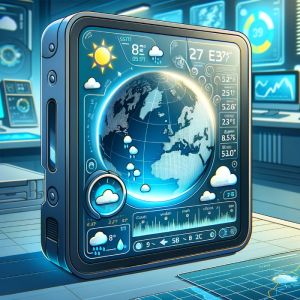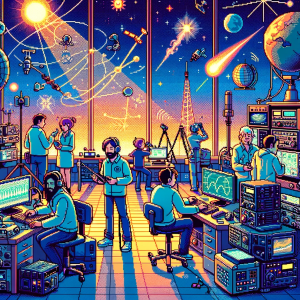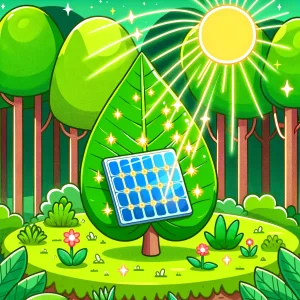
Aurora Watch 2024!
Imagine standing in the crisp night air of the Arctic Circle as ribbons of emerald green and pink dance across the starlit sky. Now imagine, instead, you’re outside Detroit on a beautiful spring evening.
This stunning phenomenon, known as the aurora borealis or Northern Lights, has captured human imagination for millennia. But what’s behind this breathtaking display? At the heart of it is a natural interplay between solar activity and Earth’s magnetic field. Let’s explore the science and significance of this captivating light show.
What is the Aurora?
The auroras’ origin story starts with the sun. Our sun is not just a ball of light; it’s an enormous nuclear reactor releasing charged particles known as solar wind. These particles travel through space, colliding with Earth’s magnetic field, particularly near the poles where the field is weakest. When solar wind interacts with the Earth’s magnetosphere, the charged particles enter our atmosphere and excite oxygen and nitrogen molecules, causing them to glow in brilliant shades of green, pink, and purple. The result is the aurora—a dazzling display that seems otherworldly.
Historically, the Northern Lights have inspired myths and legends worldwide. Some Native American tribes believed they were the spirits of their ancestors. In Scandinavia, it was thought that the lights were reflections of shields carried by the mythical Valkyries. But today, thanks to scientific research and technology, we understand that auroras are a manifestation of solar and magnetic energy at play in Earth’s upper atmosphere.
The Practicality of it
Understanding auroras isn’t just about appreciating their beauty; it also holds practical significance. Auroras signal the arrival of geomagnetic storms, which can interfere with satellite communications, GPS signals, and power grids. By studying these storms and their relationship to the auroras, researchers gain insights that help predict and mitigate the impacts of solar weather on our technology-dependent society.
Additionally, these stunning lights offer a unique window into the processes happening at the edge of space. Scientists use satellite imagery, ground-based observatories, and sophisticated computer models to track and analyze auroras. Their research helps us better understand space weather, offering clues about how similar phenomena might occur on other planets or moons with magnetic fields.
Conclusion:
It’s supposed to be cloudy here in Pennsylvania, but maybe you’re in a better spot? Let us know if you something in the comments.



